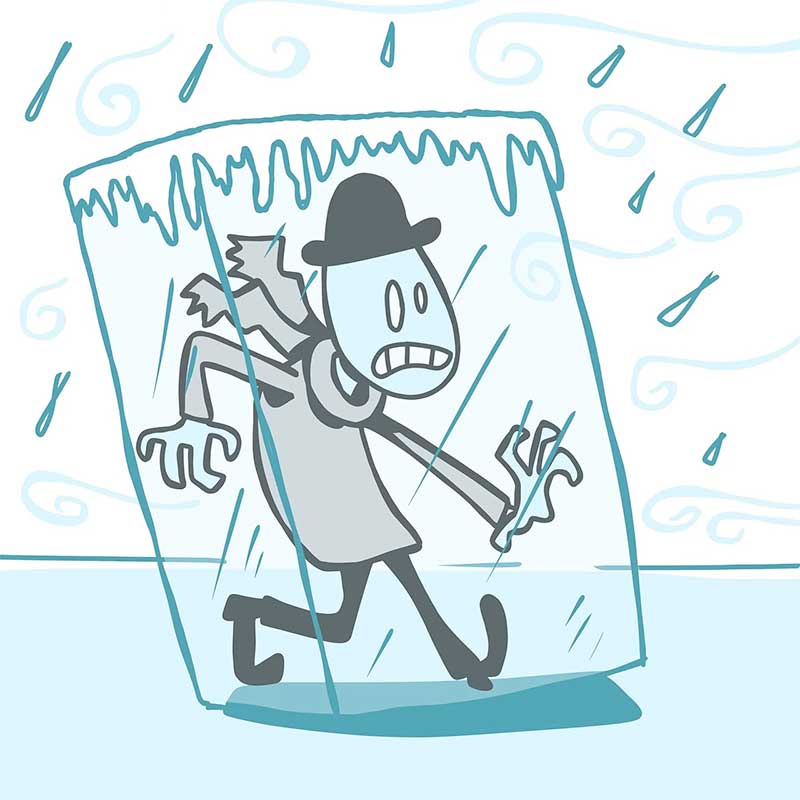An Overview From Jose Mier
Ah, yes. Dessert. A “Dessert” is one of (and usually the final) meal course that typically arrives after supper. The majority of frequently Dessert foods are of sweet food but can likewise be of savory foods, such as cheese, or even cheese cake.

It wasn’t until the period following the 19th-century where we say the inception and increase of the middle class, and general industrialization which led to the mechanization of the sugar industry. All which brought the benefit of sweets into the general public and not just as a luxury for the upper classes, or as once in a while vacation reward. This was due to the fact that sugar ended up being more affordable and more readily offered to the general public. As sugar was widely spread, so was the development and popularity of desserts.
In today’s culture dessert recipes have actually ended up being a popular item for discussion, as they are a winning way to win individuals over at the end of any meal. This is partially since if you serve a mediocre meal, with an outstanding dessert, individuals will remember you for the dessert and forget the meal.
The majority of world cultures, have a separate, discrete dichotomy between the main dinner dish, and the sweet course. This is not always the case, however. In some cultures (take the Chinese, for instance), who will alternate savoury and sweet plates throughout the whole meal. Dessert is, oftentimes seen as a different meal or snack, rather than a course, and can be consumed a long time after the meal by many individuals. Because of its wide spread popularity there are even some dining establishments that concentrate on desserts.
Some of the most common desserts are:
– Biscuits or cookies
– Ice creams
– Fruit
– Cakes
– Crumbles
– Gelatin desserts
– Puddings
– Custards
– Pastries
– Tarts or pies
– Meringues
A “Dessert” as we explained is a meal course that in the usual course of events comes after dinner. Dessert foods as we usually think of them (especially here in America) are of the sweet variety but some can also be quite different with strong flavors, such as cheese, like cheese cake. Frequently (I’ve seen this so many times) in the English language the word dessert is confused with the similar-looking word desert (note only one “s”), which is a hot, dry area of land normally covered with sand as far as the eye can see.
Dessert is, frequently times seen as a different meal or snack, rather than a course, and can be eaten some time after the meal by numerous individuals.

